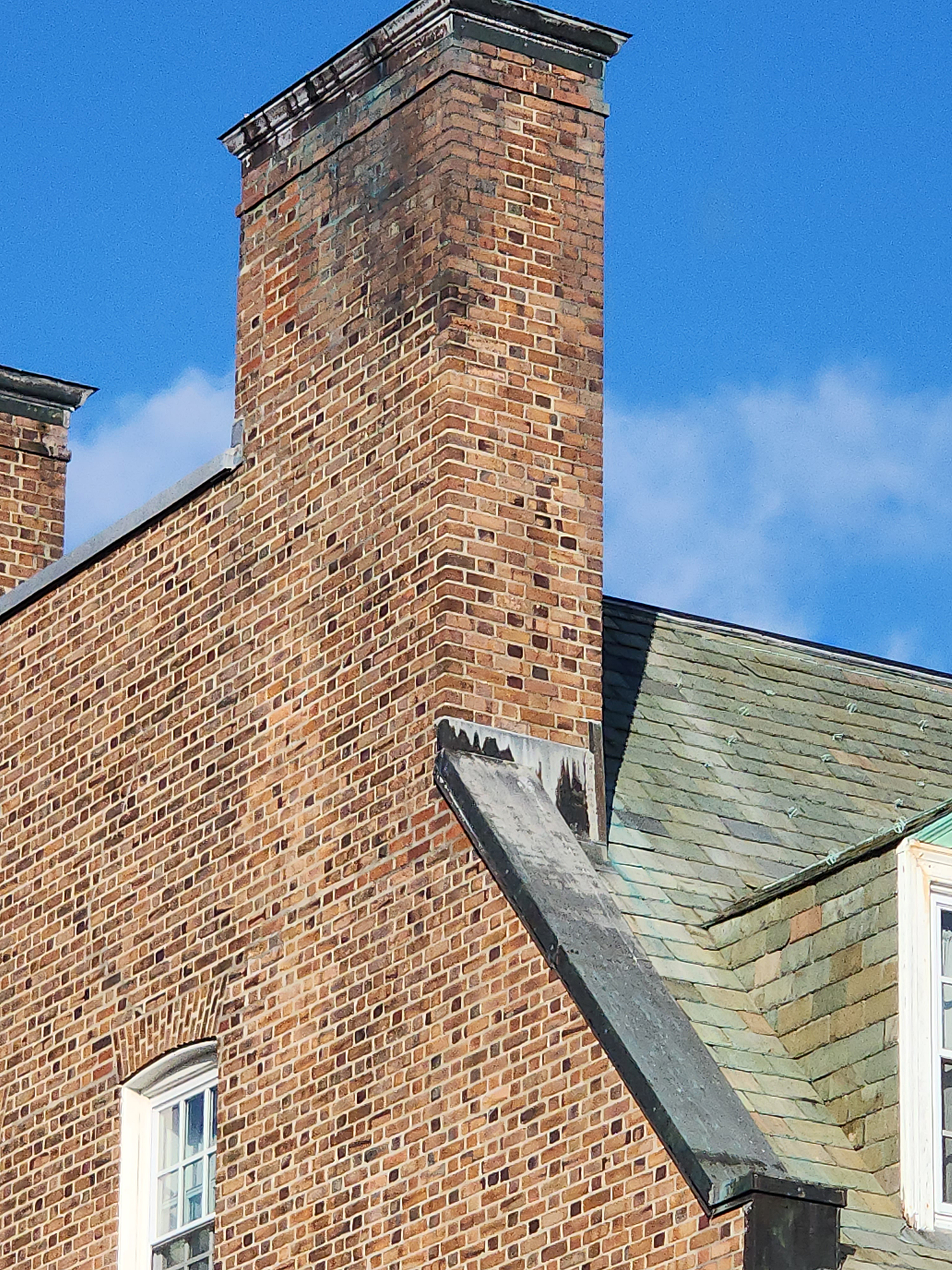Copper roofing is timeless, providing it is installed using the right specifications and labor techniques. Typically, if a copper project has a failure, it is most often due to engineering or design issues due to expansion and contraction. Properly specifying copper materials for their intended purpose is the first step. The next important step is using the tried-and-true installation methods and soldering techniques.
Acid rain has affected copper in the North East in unmistakable ways. Color charts showing the years required to patina and the many shades, provided by Revere Copper, will need to be updated since we are getting close to a 10-year patina within a 5-year time frame.
16 ounce copper leader pipes typically would last 30 to 40 years and are now wearing out so fast that aluminum is now the metal of choice for longevity, never mind that it is less expensive.
Our portfolio of copper projects over the last 30 to 60 years is impressive. I would be happy to discuss your project to see how copper may be a fit.
Tin was the metal of choice in the mid to late 1800’s and early 1900’s. The product was tin coated steel and provided a lifespan of 50 to 100 years depending on how it was used. Tin would solder much the same way copper does, so making the transition to copper was natural. Copper was not available in war time, so tin was the common product. Through the years the cost of copper became less expensive to tin and has pretty much taken its place in the last 80 years.



